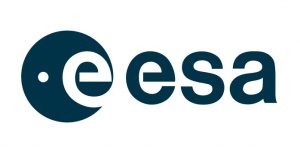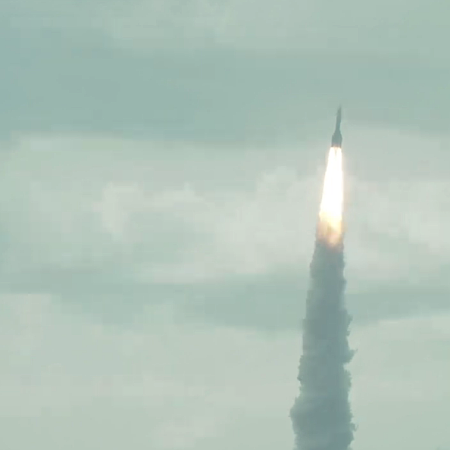ArianeGroup confirms it is targeting about six Ariane-6 launches in 2026
According to an official with ArianeGroup, the company that builds and owns the Ariane-6 rocket, it hopes in 2026 to double the launch rate from 2025, from four this year to as many as eight launches next.
The Group is ramping up production at its sites in France and Germany for this purpose. The main stage will be manufactured in Les Mureaux, France, and the upper stage in Bremen, Germany. The latter is considered the heart and brain of the rocket, as it is responsible for controlling the final flight section and reaching the target.
In Bremen, the Group developed a serial production process – similar to assembly line production in car manufacturing. Six upper stages are to be produced in parallel at the plant in future. Ten to twelve upper stages are to be completed and delivered each year. “The target of around ten missions per year should be achieved by 2027,” said Franzeck.
Franzeck’s prediction matches that made two weeks ago by the head of Arianespace, which manages Ariane-6 for ArianeGroup.
It is likely that these companies will get at least six launches off in 2026. Whether they can achieve eight is less likely, based on their past recent record. Reaching 10 launches in 2027 is probably more certain however. They have a big 18-launch contract with Amazon to launch its Amazon LEO satellites (formerly Kuiper), and there is great pressure to achieve those launches quickly because of Amazon’s FCC license requirements.
After this however the future of Ariane-6 remains uncertain. It is too expense (being expendable) to compete in the present launch market. Few European companies want to buy it, and there are numerous new reusable rockets about to begin operations.
According to an official with ArianeGroup, the company that builds and owns the Ariane-6 rocket, it hopes in 2026 to double the launch rate from 2025, from four this year to as many as eight launches next.
The Group is ramping up production at its sites in France and Germany for this purpose. The main stage will be manufactured in Les Mureaux, France, and the upper stage in Bremen, Germany. The latter is considered the heart and brain of the rocket, as it is responsible for controlling the final flight section and reaching the target.
In Bremen, the Group developed a serial production process – similar to assembly line production in car manufacturing. Six upper stages are to be produced in parallel at the plant in future. Ten to twelve upper stages are to be completed and delivered each year. “The target of around ten missions per year should be achieved by 2027,” said Franzeck.
Franzeck’s prediction matches that made two weeks ago by the head of Arianespace, which manages Ariane-6 for ArianeGroup.
It is likely that these companies will get at least six launches off in 2026. Whether they can achieve eight is less likely, based on their past recent record. Reaching 10 launches in 2027 is probably more certain however. They have a big 18-launch contract with Amazon to launch its Amazon LEO satellites (formerly Kuiper), and there is great pressure to achieve those launches quickly because of Amazon’s FCC license requirements.
After this however the future of Ariane-6 remains uncertain. It is too expense (being expendable) to compete in the present launch market. Few European companies want to buy it, and there are numerous new reusable rockets about to begin operations.


